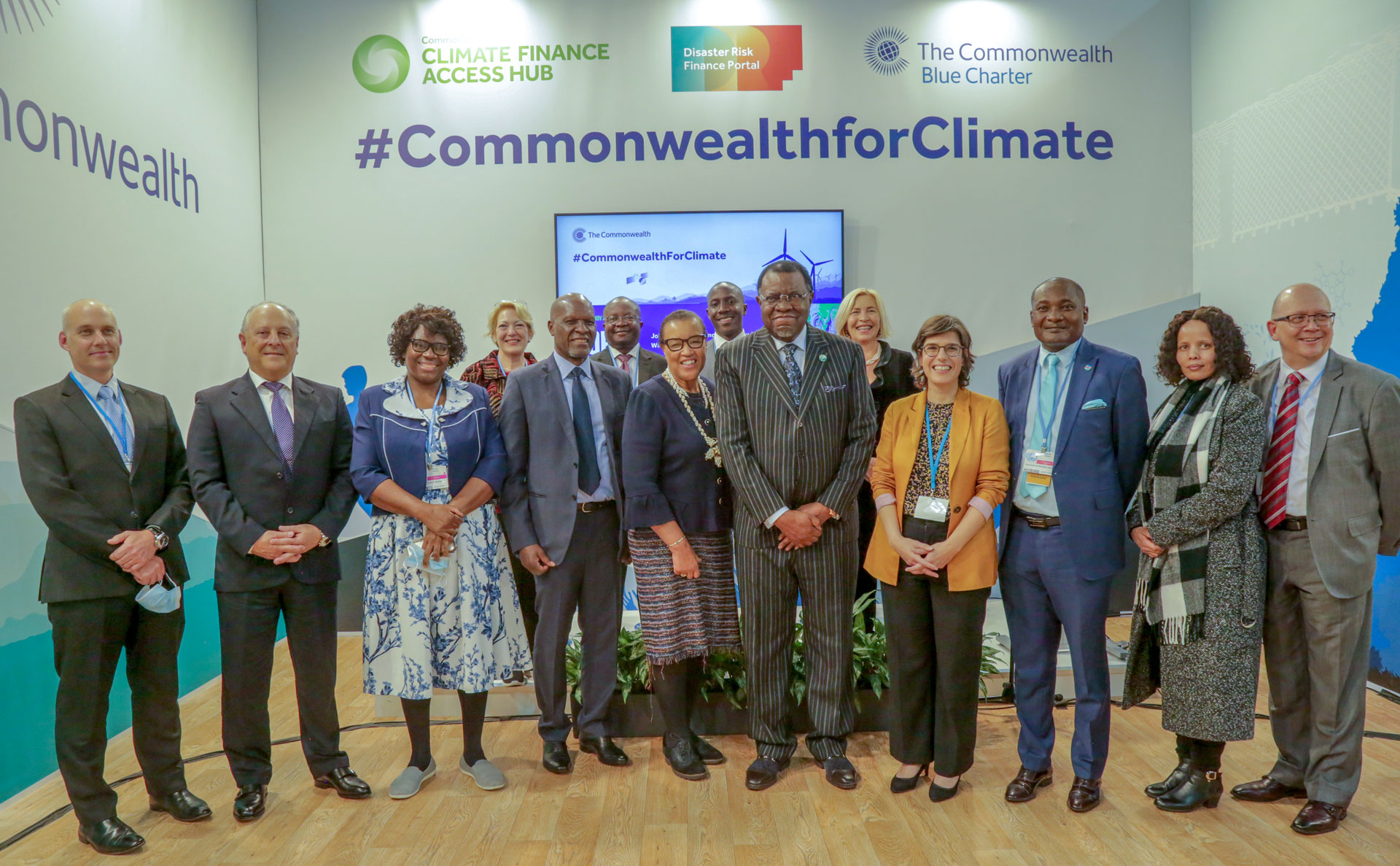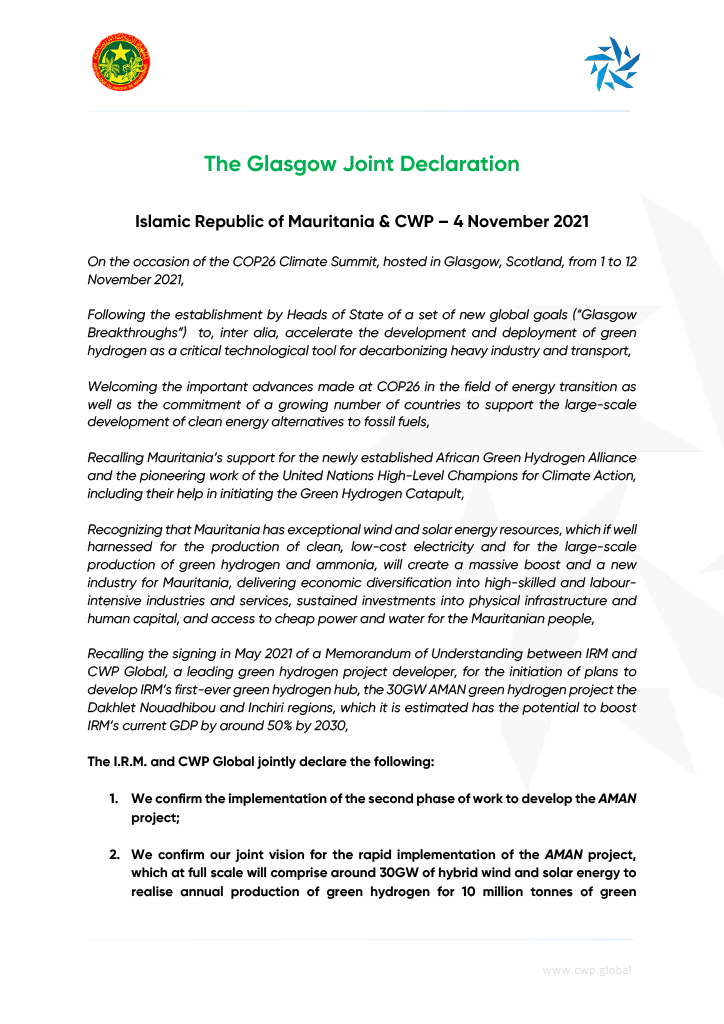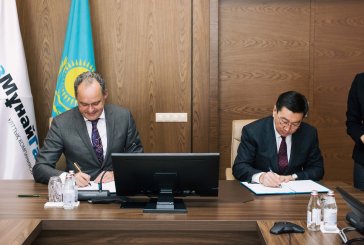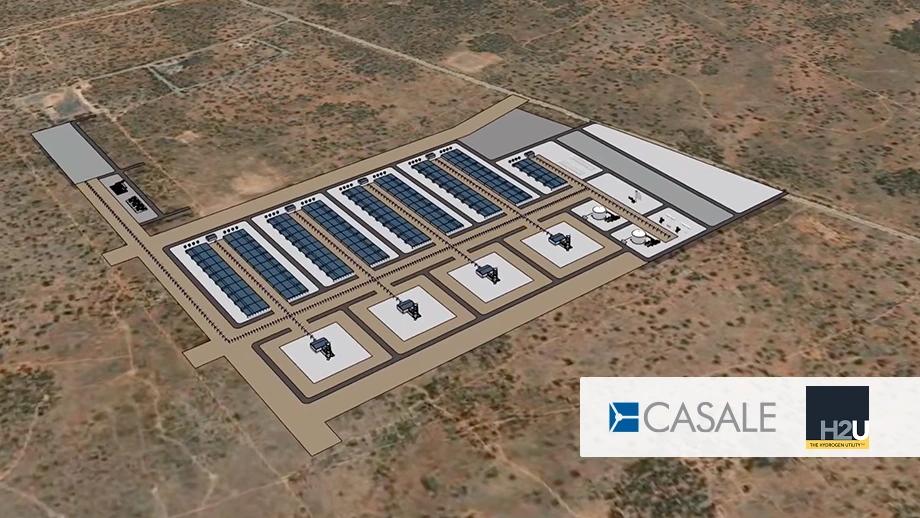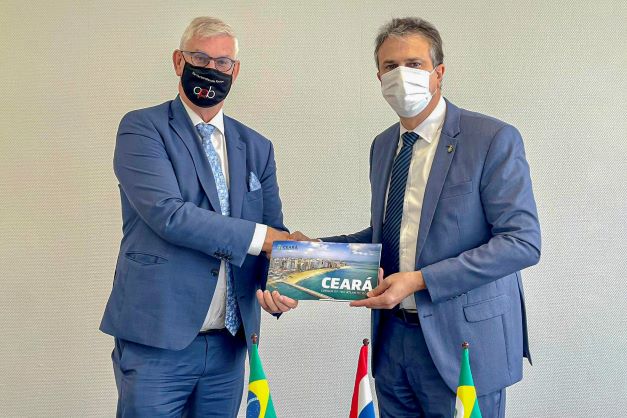Incitec Pivot investigates green ammonia supply from Newcastle to Singapore
Incitec Pivot, Keppel Infrastructure and Temasek signed a new MoU this week to investigate the production and export of green ammonia from Australia to Singapore. Incitec Pivot's existing Kooragang Island facility in Newcastle, Australia could be one source, with the other being a potential greenfield site in Gladstone. Green ammonia production also represents a potential lifeline for Incitec Pivot's Gibson Island plant in Brisbane, which will cease conventional ammonia production by the end of 2022.

